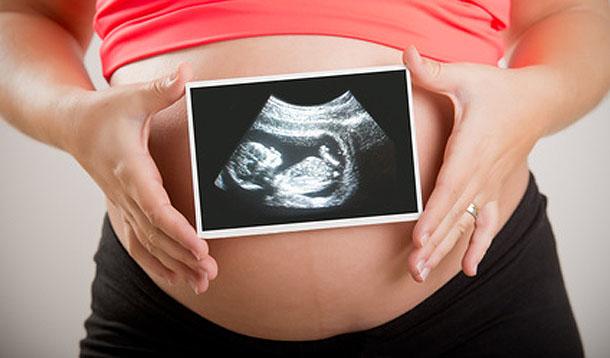
Fertility is a funny thing...you spend years worrying about birth control and unplanned pregnancies, but when you’re finally ready to start a family, you realize that getting pregnant is NOT as simple as you thought. In my case, I gave myself six months...I cut back on caffeine...I started tracking my ovulation cycle, and still...nothing. Friends and family offered their opinions – “it will come when you least expect it”...”try not to think about it, and it will happen naturally”...not exactly helpful advice when I was yearning to get pregnant – how could I pretend to not care about conception, when I really did?
When you’re faced with a situation where it feels like you have no control (such as struggling to conceive), knowledge is power. Six months into my fertility journey, I started to prepare myself by gathering the info I needed for my checklist. I went through online fertility forums and articles and gathered information based on the experiences of people with similar issues such as mine (unexplained infertility). I also asked for input in the forums - detailing what I had already done and asked for suggestions on what I should do next.
With the information I gathered, I put together my "Trying to Conceive" checklist which outlined my steps and options towards getting the assistance I needed. My list included an arsenal of online tools and resources to help understand and evaluate my options, maximize my doctor appointments, and help me understand what to ask for and to make the process easier.
For each step, because of the research I had done, I already knew ahead of time what the doctors would offer me and also what additional options were available (such as Intra-Uterine-Insemination (IUI) and acupuncture) so I knew what to expect.
These are the things I included on my checklist to help me along the way. You can use it to give yourself some ideas to make one too – but keep in mind that yours may vary depending on your medical history and personal requirements.
Fertility Friend is a helpful website to help get you started doing this.
This helped me get through my trying to conceive journey. Here are some of my favourites websites:
![]() Fertility Friend - This was my primary source of information. This website has helpful forums and a place to track your ovulation information They also have an app you can download on your phone.
Fertility Friend - This was my primary source of information. This website has helpful forums and a place to track your ovulation information They also have an app you can download on your phone.
![]() Mayo Clinic - This was my go-to website for decoding medical terminology. It was especially useful when I was preparing for medical procedures such as hysterosalopingogram (HSG) and intra-uterine insemination (IUI).
Mayo Clinic - This was my go-to website for decoding medical terminology. It was especially useful when I was preparing for medical procedures such as hysterosalopingogram (HSG) and intra-uterine insemination (IUI).
![]() Baby Center - This is another popular forum-based website with informative info and instructive articles on trying to conceive
Baby Center - This is another popular forum-based website with informative info and instructive articles on trying to conceive
This allowed me to discuss any concerns and to have any questions I had answered.
This was something I did after a year of trying to conceive. When I saw the OB-GYN, it was an opportunity to ask for or accept a 3-month dose of Clomid, a fertility drug, to rule out ovulation problems
If I didn't have success with Clomid, I would ask for further testing that would also involve my husband and would include ultrasounds and an X-ray of my fallopian tubes (HSG).
Note that fertility clinics may not be covered by your insurance.
I combined IUI with going for acupuncture treatment. Luckily it was IUI that ended up working for us, and two years and one month after we first started trying to conceive, we were pregnant—WITH TWINS!
One thing that was NOT available when I was trying to conceive (so it was not on my original list) was The Stork Conception Aid. This is a fertility aid available at drugstores that you can try at home to help the conception process. The Stork "helps bridge the gap between natural intercourse and more costly, in-clinic treatments, like IUI or IVF." So it can be an option to add to your own checklist.
This product would definitely have been an option to consider for my plan. I had to wait months between doctor appointments and referrals, as I was asked to record my ovulation data. The Stork Conception Aid could have been something I could have tried during my waiting periods - to increase my chances of conception.
Although it didn't feel like it at the time, our fertility journey was relatively short - and I think a lot of it had to do with putting my checklist together and getting the optimal fertility assistance at the right time. I am grateful for the efficient medical care I received, but also, for my internet research. Good luck on your fertility journey – I hope that you find the tools and support you need along the way!

This is proudly sponsored by our friends at Rinovum Women's Health, Inc.
www.storkconception.ca